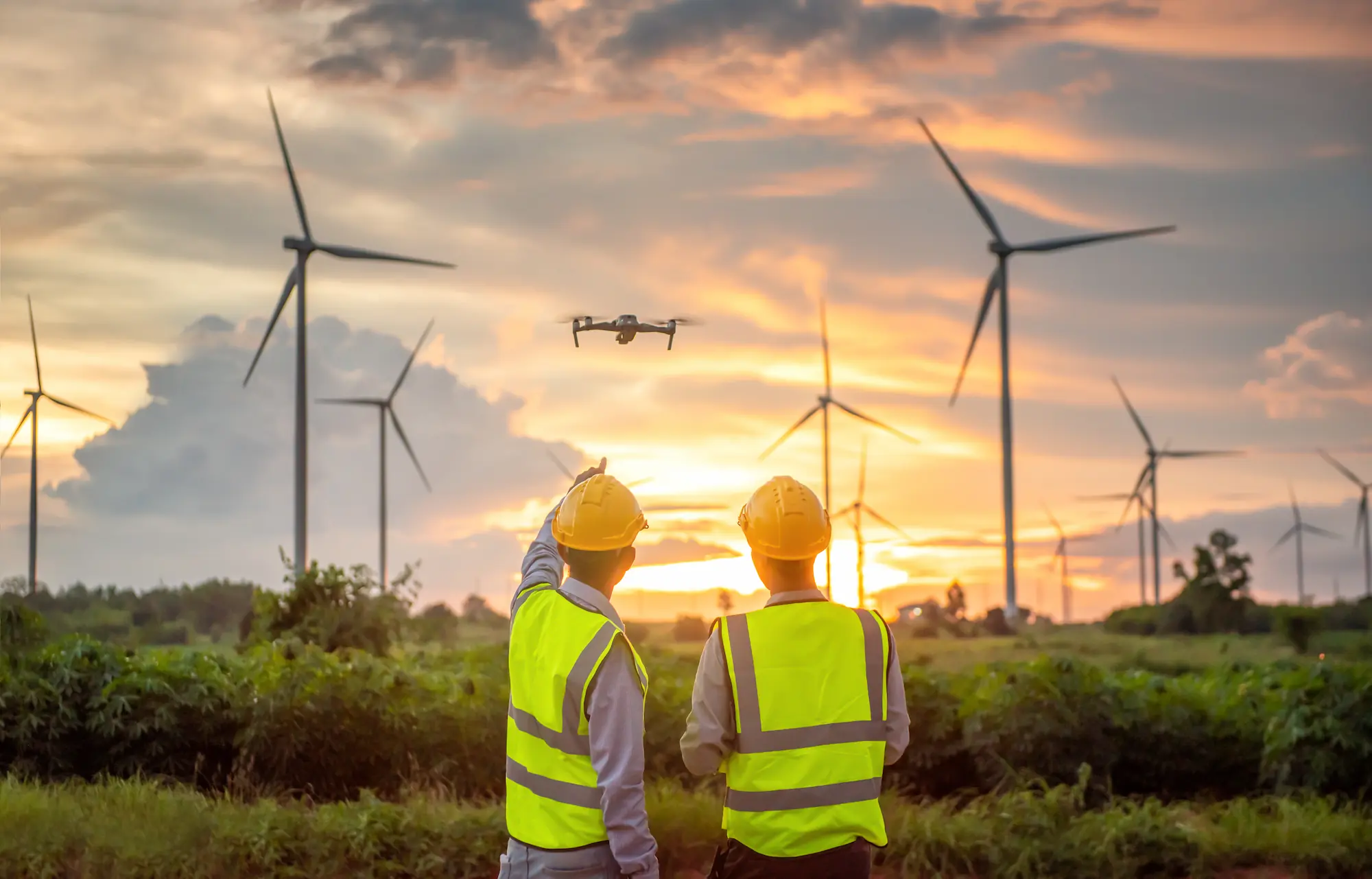The pace of renewable energy development continues to accelerate, and it's being fueled by policy incentives, private investment, and the global shift toward cleaner power. As timelines tighten and project scopes expand, strong land intelligence has become essential.
Surveying and mapping are no longer back-office tasks. They’re strategic tools that help developers make more thoughtful decisions from day one. Here’s how new geospatial technology is reshaping the way solar, wind, and battery storage sites are identified, evaluated, and delivered.
Drone-Based LiDAR is Raising the Bar
When it comes to early site feasibility, drone-mounted LiDAR is proving to be a game-changer. Unlike traditional survey methods, drones can capture high-resolution topographic data across vast areas, including rough or heavily vegetated terrain, in a fraction of the time. For solar and wind developers, that level of detail matters. Slope, elevation, and surface conditions can all impact layout options, infrastructure costs, and long-term performance. With faster and more accurate data, you can make smarter decisions earlier in the process.
AI-Powered Feature Recognition
Machine learning tools are being used to automatically extract features like tree cover, drainage paths, access roads, and existing structures from aerial imagery and point clouds. These insights help developers quickly evaluate land use compatibility, estimate clearing needs, and anticipate permitting challenges, without waiting weeks for manual analysis.
AI is Speeding Up Site Evaluations
Machine learning tools are helping us move beyond the manual. With AI-powered feature recognition, we can quickly identify elements such as tree cover, drainage paths, roads, and existing structures from aerial imagery and point clouds. That means faster insights into land use compatibility, clearing needs, and potential permitting hurdles. What used to take weeks of analysis can now be done in days, sometimes hours.
Real-Time Data Sharing Across Teams
Thanks to cloud-connected survey equipment and integrated GIS platforms, field data can now be uploaded, processed, and shared in near real time. That means development teams, engineers, and environmental consultants can collaborate using the most current maps and measurements, eliminating redundant site visits and reducing costly miscommunications.
Web-Based GIS Portals for Project Oversight
One of the biggest advancements we’re seeing is the rise of custom, web-based GIS portals that give stakeholders instant access to project data - anytime, from anywhere.
This kind of visibility is especially helpful on renewable projects that span hundreds of acres and involve multiple agencies, permitting bodies, and landowners.
Why it matters:
- Remote access: Pull up site maps, parcel data, encumbrances, and constraints from wherever you are
- Faster permitting: Use overlays to spot conflicts early, before they stall progress
- Informed decisions: Keep tabs on land control, title status, and easement boundaries in one centralized place
- Tailored reports: Generate custom layers and exports for investors, engineers, or permitting agencies
Looking Ahead
Surveying and mapping have come a long way, and they’re only getting more powerful. With drone LiDAR, AI-enhanced analysis, and user-friendly GIS platforms, renewable energy developers now have more intelligent tools to mitigate risk, enhance site selection, and stay ahead of deadlines.
At Vanguard, we help clients turn complex land data into clear, actionable insights—so you can keep your projects moving forward with confidence.
Let’s talk about how more intelligent mapping can power your next project. Contact us today!

